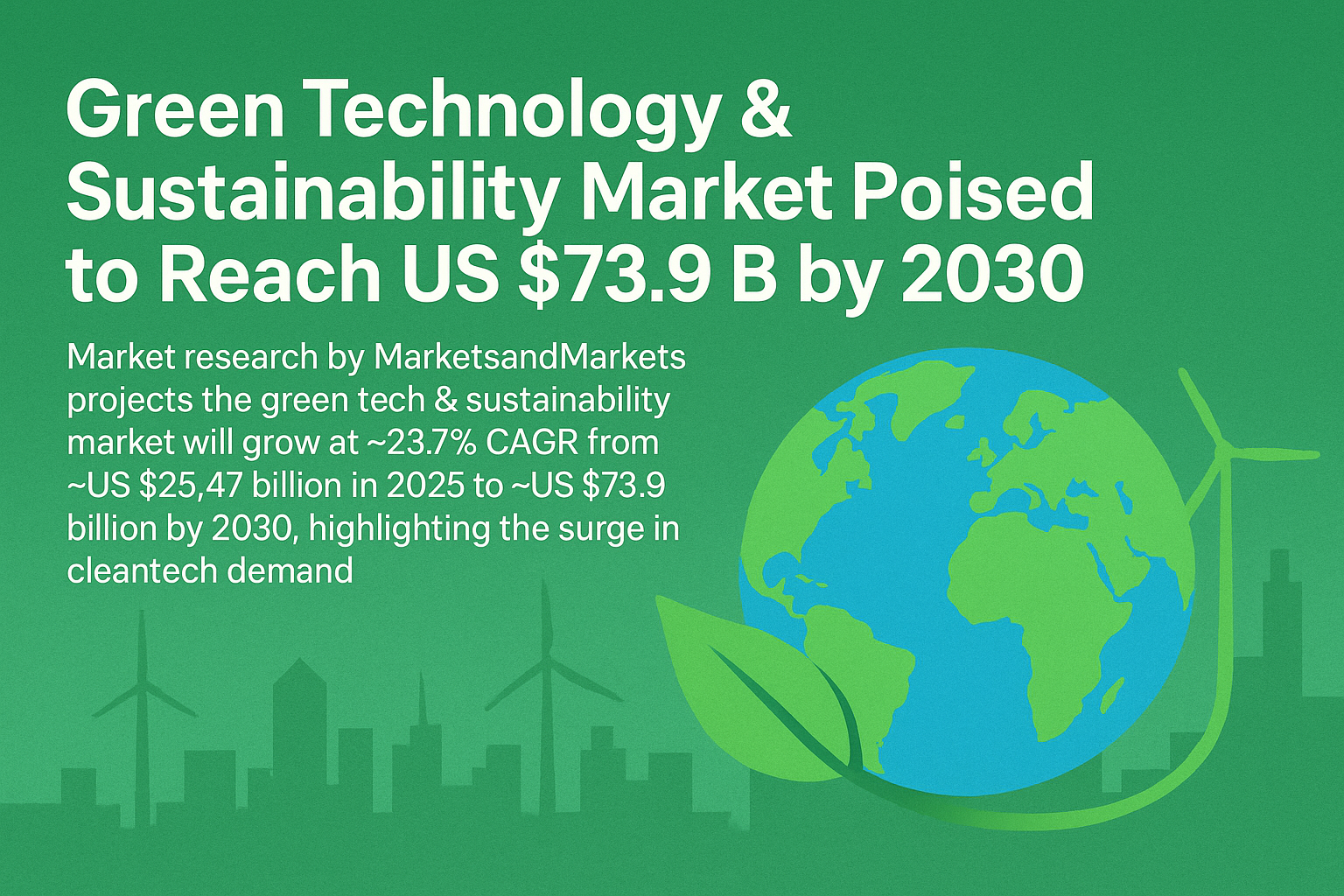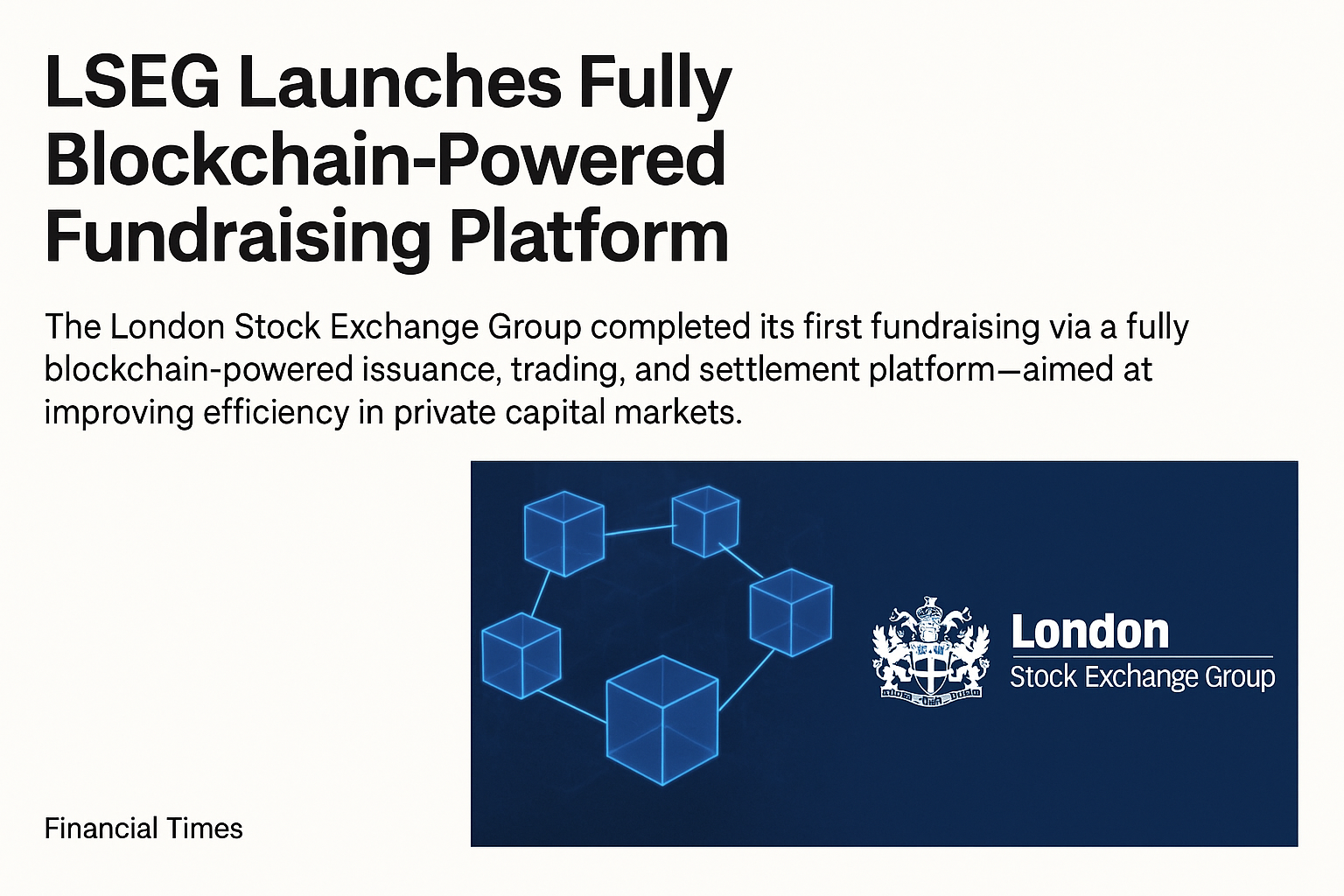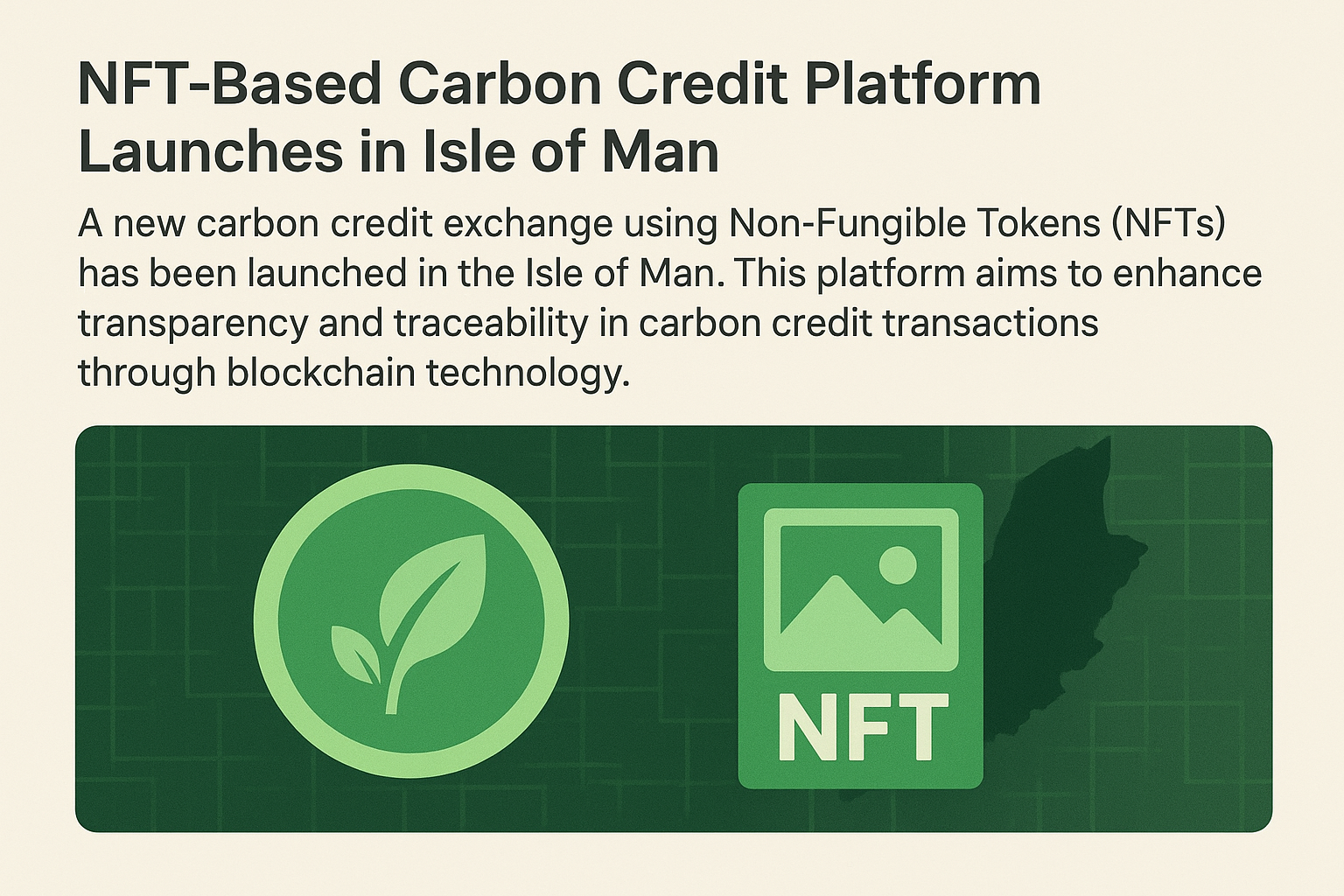The global movement toward sustainability is no longer just a moral imperative—it has become one of the most powerful economic forces of our time. According to recent research by MarketsandMarkets, the green technology and sustainability market is set to grow from approximately US $25.47 billion in 2025 to US $73.9 billion by 2030, representing a compound annual growth rate (CAGR) of 23.7%. This remarkable expansion reflects an accelerating shift toward cleaner, smarter, and more responsible technologies across industries.
A Decade of Unprecedented Growth
The forecasted surge is being fueled by an urgent need to combat climate change, meet net-zero targets, and comply with tightening environmental regulations. As nations race to decarbonize their economies, companies are investing heavily in renewable energy, carbon capture, sustainable agriculture, and circular manufacturing systems. Technologies once considered niche—such as AI-driven energy management, blockchain-enabled supply chain tracking, and smart waste monitoring—are now integral to corporate sustainability strategies.
Moreover, financial institutions and investors are increasingly prioritizing Environmental, Social, and Governance (ESG) metrics. Green bonds, sustainability-linked loans, and climate-focused venture funds have gained mainstream attention. This influx of capital has dramatically lowered the cost of clean technology adoption, creating a positive feedback loop: the more sustainable solutions scale, the more economically viable they become.
Key Growth Drivers
1. Renewable Energy Innovation
Solar, wind, and bioenergy continue to dominate the green tech landscape. But innovation is expanding beyond generation—into energy storage, smart grids, and efficiency optimization. The integration of AI and IoT into energy management systems enables real-time analysis of consumption patterns, helping cities and companies reduce carbon footprints while saving costs.
2. Circular Economy Solutions
The transition from a linear “take-make-dispose” model to a circular economy is reshaping manufacturing and waste management. Startups and established enterprises alike are embracing technologies for recycling, resource recovery, and biodegradable materials. In sectors like fashion and electronics, this paradigm shift is unlocking entirely new markets.
3. Green Data Centers and Cloud Infrastructure
As digitalization accelerates, the environmental impact of data centers has come under scrutiny. The push for “green clouds” has led to advancements in liquid cooling, renewable-powered infrastructure, and AI-based resource optimization. Tech giants such as Google, Microsoft, and Amazon are racing to achieve carbon-negative operations within the next decade.
4. Smart Cities and Transportation
Sustainable urbanization is another major growth frontier. Electric vehicles (EVs), smart grids, and intelligent transportation systems are converging to form eco-friendly cities of the future. Governments worldwide are incentivizing EV adoption and investing in infrastructure such as EV charging networks and clean public transport systems.
Challenges Ahead
While the outlook is overwhelmingly positive, scaling green technology comes with challenges. High initial investment costs, regulatory fragmentation, and limited access to advanced materials still pose hurdles. In developing economies, infrastructure gaps and financial barriers slow adoption. Bridging these divides will require stronger international collaboration, knowledge sharing, and inclusive financing models.
The Road to 2030
If current trends continue, by 2030 green technology will not just be an industry—it will be the foundation of global economic growth. Every sector, from energy and construction to finance and consumer goods, will be reshaped by sustainability-driven innovation. As cleantech solutions become both profitable and essential, the line between “green” and “mainstream” will blur entirely.
In short, the $73.9 billion green tech market projection is more than a statistic—it’s a symbol of a world in transformation. Sustainability has moved from aspiration to action, and those who invest in it today are shaping the industries, cities, and economies of tomorrow.




